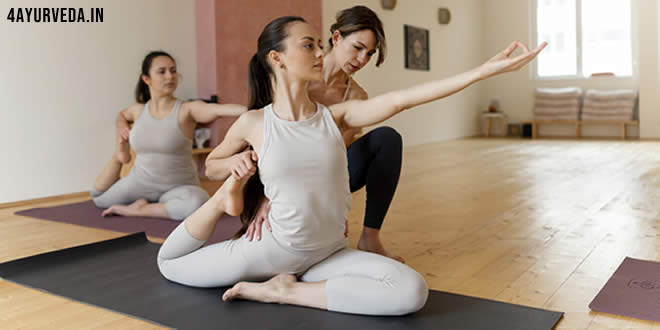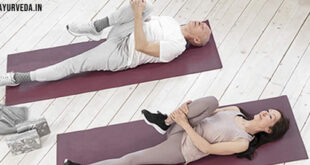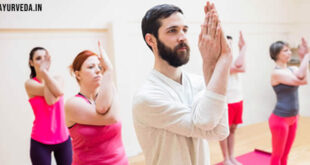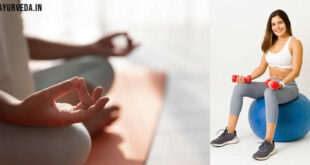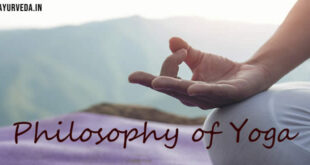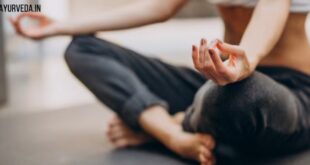A Yoga practitioner should follow some basic guidelines and principles
If you have never practiced Yoga therapy before, you will need to follow some simple but important guidelines to get the most out of your Yoga treatment session. This might open up someone’s body for injuries which makes it necessary to follow the Yoga regime in every manner. Here are some yoga tips for every one to help you get started towards your fitness goals
Before Practice:
- Yoga practice should be performed in a calm and quiet atmosphere. Find a suitable, well ventilated room. Try to set aside a specific time each day for the Yoga session.
- Do not eat for two hours prior to Yoga session. Do it empty stomach or light stomach, because it provides a chance to efficiently harness the energy from the energy reserves of the body, such as fat. Consume small amounts of honey in lukewarm water if you feel weak.
- Avoid Asanas during the menstrual period or you can do relaxing practices.
- A sticky mat is the perfect surface for Yoga posture because it keeps your feet, hand and elbow from slipping, allowing one to stretch to your potential.
- Dress in loose, comfortable, preferably cotton, as the body needs to breathe during the session. Leave the feet bare and remove your watch or any jewelry that you may be wearing.
- Do not practice Yoga in a hurry, exhaustion, or illness. In case of chronic disease/pain/cardiac problems a physician or a Yoga therapist should be consulted prior to performing Yoga practices.
- Put on some relaxing light music, if you want. It will be soothing and will help to take your mind off the discomfort you may experience during stretching.
During Practice
- Start your session with some prayer, as it creates a conducive environment to relax the mind.
- Remember you don’t have to be thin, trim and lean to practice Yoga. Change the yoga posture to suit your figure and condition. Don’t go for the burn out, but start slowly and push yourself only as far as you are comfortable with. Flexibility will develop with time. Start with a few minutes of gentle movements and then deepen your practice.
- If practicing on your own is a little difficult, team up with a few friends and practice with them. But remember never compete with the friend practicing with you. Always move at your own pace and practice each pose as best as you can. Introduce the element of fun in your practice.
- At no point should the body be jerked or held tightly your body while doing Asana. Be patient. It takes time for the body to respond, especially if some of you have never done any form of exercise. The body will be stiff, which is the result of toxin accumulation in muscles.
- Breath is the essence of Yoga practice and key to relaxation, so do not forget to breathe. If your breath get exaggerated or when the body fights for breath, it is a sign that you are going past you body’s capacity. Always inhale and exhale from the nostrils while practicing postures. Relax for a few seconds after each Asana, breath deeply slowly.
- Relax in Shavasana after each posture and breath deeply.
- Remember Yoga begin from where you are, no matter in what condition your body is or whatever is going on in your mind. Just keep an open mind and focus on present.
- While practicing let go all of your physical, emotional and mental stiffness like fear, anger and hatred.
After Practice
- Bath may be taken only after 20 to 30 minutes of practice.
- It is good to take a massage or sauna bath if you want.
- Food may be consumed only after 20-30 minutes of practice.
Guidelines for Children
- Children less than 10 years of age can do up to 10 seconds staying in the final stage of any asana / Yoga practice. The total time for the kid’s Yoga session should be not more than 20 minutes.
- Children are advised not to perform asana for long duration and breathe holding practices (Kumbhaka).
- Yoga for children involves gentle Yoga stretches and movements, often mimicking animals, and incorporated with games.
- Imaginative stories about Yoga practices are the best methods of teaching Yoga to kids.
- Always demonstrate the posture, rather than explaining it. Use the same method when trying to correct their poses, during practical sessions.
- Avoid extreme forward and backward bending asanas.
- Avoid head stand and hand standing asanas.
- Avoid overstretching or pushing too hard while practicing Yoga.
- Yogic practice should be done in an empty or light stomach.
- Children should practice Yoga under the supervision of a yoga experts with proper guidance and never alone.
- If a child complains of any discomfort while or after practicing Yoga, he / she should be given full attention and medical help, if needed.
- Never compare the children with each other. Encourage them in each and every session for discipline to sit properly.
- It’s always appreciated to teach Yoga with affection and deal with all their reactions tenderly.
Remember you don’t have to contort the body into any awkward position when you practice Yoga. In the daily routine, you are basically clearing the mind and learning to breathe. With Regular practice of Yoga, a perfect body and mind can be built.
 4Ayurveda Everything About Ayurveda & Yoga
4Ayurveda Everything About Ayurveda & Yoga
